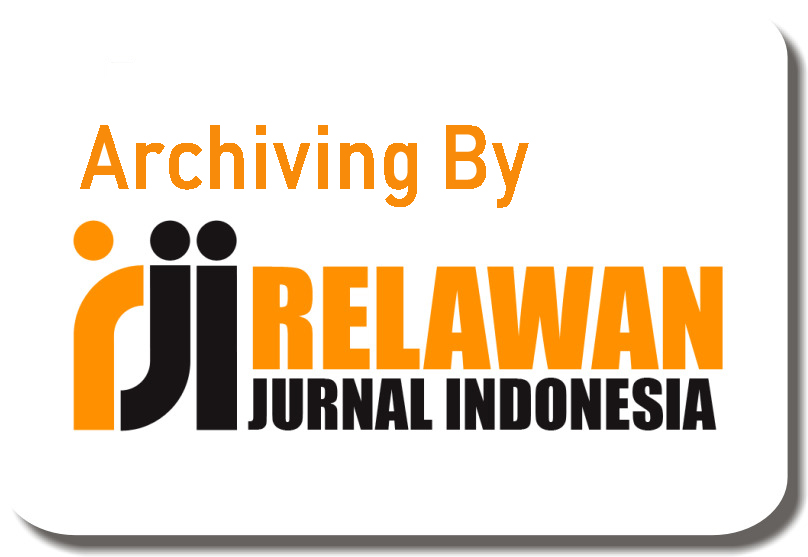Accuracy of DeepL Translation in Inside Out 2 Movie Compared to Official Subtitles
Abstract
This study aims to describe the level of translation accuracy produced by DeepL in the film Inside Out 2 and compared it with the official subtitles. Using a qualitative descriptive method, the researcher selected 30 segments from the film's dialogues that contain various expressions, idioms, and contextual meanings. The accuracy of DeepL translations was assessed using the translation quality assessment model developed by Nababan, Nuraeni, and Sumardiono (2012), which classifies translations into three levels: accurate, moderately accurate, and inaccurate. The results showed that most of DeepL's translations felt into the "moderately accurate" category with total 67%, 17% as accurate and 17% also as inaccurate level. This was due to literal translation, misinterpretation of idiomatic expressions, and lack of contextual adaptation. In contrast, the official subtitles demonstrated higher accuracy by delivering contextually appropriate and culturally sensitive translations. These findings suggested that while DeepL offers grammatically fluent output, it still lacks the semantic and pragmatic sensitivity required for high-quality subtitle translation in films.
Keywords
Full Text:
PDFReferences
Díaz Cintas, J., & Remael, A. (2014). Audiovisual Translation: Subtitling (2nd ed.). London: Routledge.
Gottlieb, H. (2001). Anglicism and TV subtitling in an anglified world. Amsterdam: John Benjamins
Groves, M., & Mundt, K. (2021). Exploring the usability of DeepL Translator for academic writing. Journal of English for Academic Purposes, 52, 100976. https://doi.org/10.1016/j.jeap.2021.100976
House, J. (2015). Translation Quality Assessment: Past and Present (2nd ed.). London: Routle
Kamaluddin, M. I., et al. (2024). Accuracy Analysis of DeepL: Breakthroughs in Machine Translation Technology. Journal of English Education and Foreign Languages, 4(2), 123–135.
Koehn, P. (2020). Neural Machine Translation. Cambridge: Cambridge University Press.
Kosem, I., Lew, R., & Müller-Spitzer, C. (2022). Comparing machine translation tools: A case study of DeepL and Google Translate. Lexikos, 32(1), 1–21.
Moleong, L. J. (2017). Metodologi Penelitian Kualitatif (Edisi Revisi). Bandung: Remaja Rosdakarya.
Saldanha, G., & O'Brien, S. (2013). Research Methodologies in Translation Studies. Manchester: St. Jerome Publishing.
Mutia Asmara, D. S., & Repelitawati Br Kembaren, F. (2024). Student’s Perception Towards the Use of DeepL Translator in Writing Thesis or Journal for English Education Students. International Journal of Language Education and Cultural Review, 10(1), 45–58.
Nababan, M. R., Nuraeni, A., & Sumardiono. (2012). Pengembangan model penilaian kualitas terjemahan. Kajian Linguistik dan Sastra, 24(1), 39–57.
Nida, E. A. (1964). Toward a Science of Translating: With Special Reference to Principles and Procedures Involved in Bible Translating. Leiden: E. J. Brill.
Sun, R. (2024). Evaluating the Translation Accuracy of ChatGPT and DeepL Through the Lens of Implied Subjects. Arab World English Journal for Translation & Literary Studies, 8(4), 41–53.
DOI: https://doi.org/10.31004/jele.v10i3.877
Refbacks
- There are currently no refbacks.
Copyright (c) 2025 Sri Wahyuni Hasibuan, Berlin Sibarani, Dolli Rotua Sinaga, Alfina Gustiany Siregar

This work is licensed under a Creative Commons Attribution-ShareAlike 4.0 International License.



